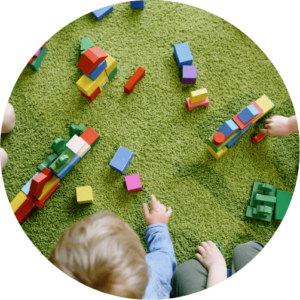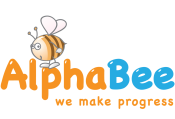Positive Reinforcement: A Key Strategy for Supporting Children with Autism and Developmental Delays
Discover how positive reinforcement helps children with autism learn and grow.

Positive Reinforcement is....
Positive reinforcement is a powerful tool that helps children with autism spectrum disorder (ASD) learn new skills and reduce interfering behaviours. This approach, often used in Applied Behaviour Analysis (ABA) therapy, can make a big difference in a child’s development. Let’s explore how positive reinforcement works and why it’s so effective for children with ASD.
What is Positive Reinforcement in Autism?
Positive reinforcement is a way to encourage appropriate behaviours by giving a reward right after the child does something we want them to do, this makes it more likely they’ll repeat the behaviour. For example, if a child shares a toy and gets praise or a sticker, they’re more likely to share again in the future.
How Positive Reinforcement Works
Key Principles of Reinforcement
Positive reinforcement works in several ways for children with ASD:
- It gives clear rewards for appropriate behaviours
- It’s used right after the behaviour happens
- It’s done the same way each time
- It uses rewards the child likes
- It focuses on behaviours we can see and measure
Types of Reinforcement Strategies
Positive reinforcement can be different for each child, depending on what they like. Some examples are:
- Saying “Great job!” when they do something well
- Giving a sticker or small toy
- Letting them play with a favourite toy
- Giving a high-five (if the child likes it)
The Science Behind Positive Reinforcement
Positive reinforcement does more than just encourage good behaviour. It actually helps the brain learn. When a child gets a reward, their brain releases a chemical called dopamine. This helps:
- Make brain connections stronger
- Help the child remember what they learned
- Make the brain more flexible in learning
- Help the child manage their emotions better

Benefits for Children with Autism
Why Positive Reinforcement Works
Positive reinforcement is especially good for children with autism because:
- It makes learning less stressful
- It helps children feel good about learning
- It can be changed to fit what each child likes
- It teaches new skills in a positive way

How to Use Positive Reinforcement
To use positive reinforcement effectively:
- Give the reward right after the appropriate behaviour
- Break big tasks into smaller steps and reward each step
- Use rewards the child really likes
- Be consistent in using rewards
- Use visual aids like sticker charts to show progress
Next Steps
At AlphaBee, our therapists use positive reinforcement to help children with autism learn communication skills, social skills, and daily living skills. We focus on what children can do, not what they can’t. This creates a supportive environment where children can grow and learn.
Remember, every child with autism is unique. Working with professionals to create a positive reinforcement plan that fits your child can help them reach their full potential.

